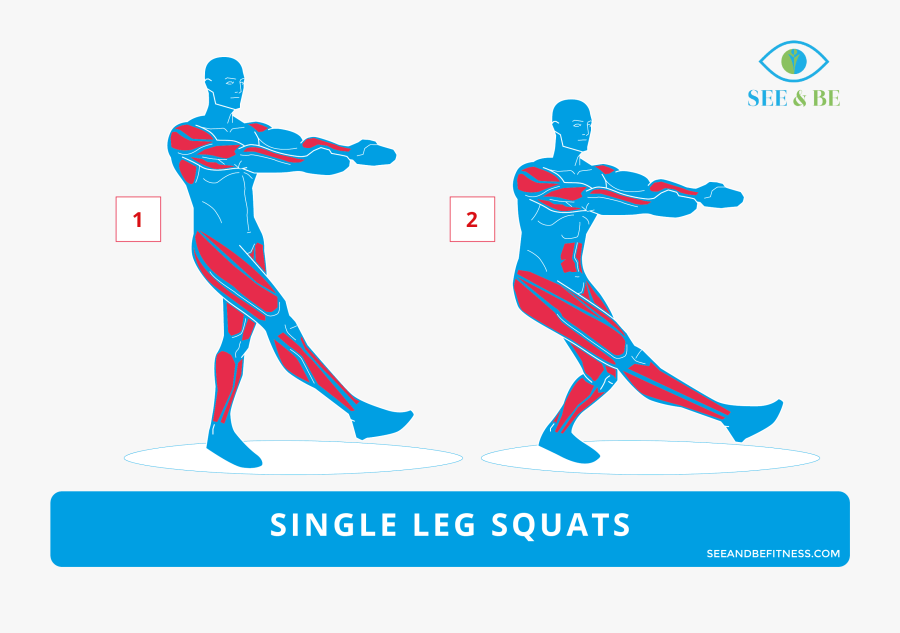
Are you looking for a way to switch up your workout routine and target different muscles? Look no further than lateral lunges. This exercise is a great way to work your legs, glutes, and core, while also improving your balance and flexibility.
What are lateral lunges?

Lateral lunges, also known as side lunges, are a type of lunge where you step sideways instead of forwards or backwards. To perform a lateral lunge, start with your feet hip-width apart and take a large step to the side with your right foot. Keep your left foot planted and your weight in your heels as you bend your right knee and lower your body towards the ground.
What muscles do lateral lunges work?

Lateral lunges primarily work the muscles in your inner and outer thighs, or your adductors and abductors. These muscles are responsible for moving your legs laterally, or side to side. Lateral lunges also work your glutes, hamstrings, and quadriceps, which are all important for leg strength and stability. Additionally, lateral lunges engage your core muscles to help stabilize your body as you move.
What are the benefits of lateral lunges?

Adding lateral lunges to your workout routine can have several benefits, including:
- Improved leg strength and stability
- Increased flexibility and range of motion in your hips and legs
- Targeted muscle activation in your adductors, abductors, glutes, hamstrings, and quadriceps
- Better balance and coordination
- Engagement of your core muscles for improved stability and posture
How to do lateral lunges properly

To perform lateral lunges properly, follow these steps:
- Stand with your feet hip-width apart and your hands on your hips or in front of you for balance.
- Take a large step to the side with your right foot, keeping your left foot planted.
- Bend your right knee and lower your body towards the ground, keeping your left leg straight.
- Pause for a moment at the bottom of the lunge, then push off with your right foot to return to the starting position.
- Repeat on the other side, stepping out with your left foot and lunging to the left.
- Continue alternating sides for the desired number of repetitions or time.
Variations of lateral lunges

There are several variations of lateral lunges that you can incorporate into your workout routine to keep things interesting and challenge your muscles in different ways. Some variations include:
- Weighted lateral lunges using dumbbells or a barbell
- Lateral lunges with a lateral raise, where you lift your arms out to the side as you lunge
- Curtsy lunges, where you step behind your opposite leg instead of to the side
- Pulse lunges, where you hold the lunge position and pulse up and down
How to incorporate lateral lunges into your workout routine

Lateral lunges can be incorporated into your workout routine in a variety of ways. Here are some ideas:
- Include lateral lunges as part of your warm-up to get your muscles activated and ready for your workout.
- Use lateral lunges as a strength exercise in your leg day workout.
- Combine lateral lunges with other exercises, such as squats or lunges, for a full lower body workout.
- Perform lateral lunges as a cardio exercise by doing them quickly and continuously for a set amount of time.
Conclusion
Lateral lunges are a great exercise to add to your workout routine if you want to target different muscles and improve your balance and flexibility. By working your adductors, abductors, glutes, hamstrings, quadriceps, and core, lateral lunges can help you build strength, stability, and coordination. Try incorporating lateral lunges into your next workout to see the benefits for yourself!